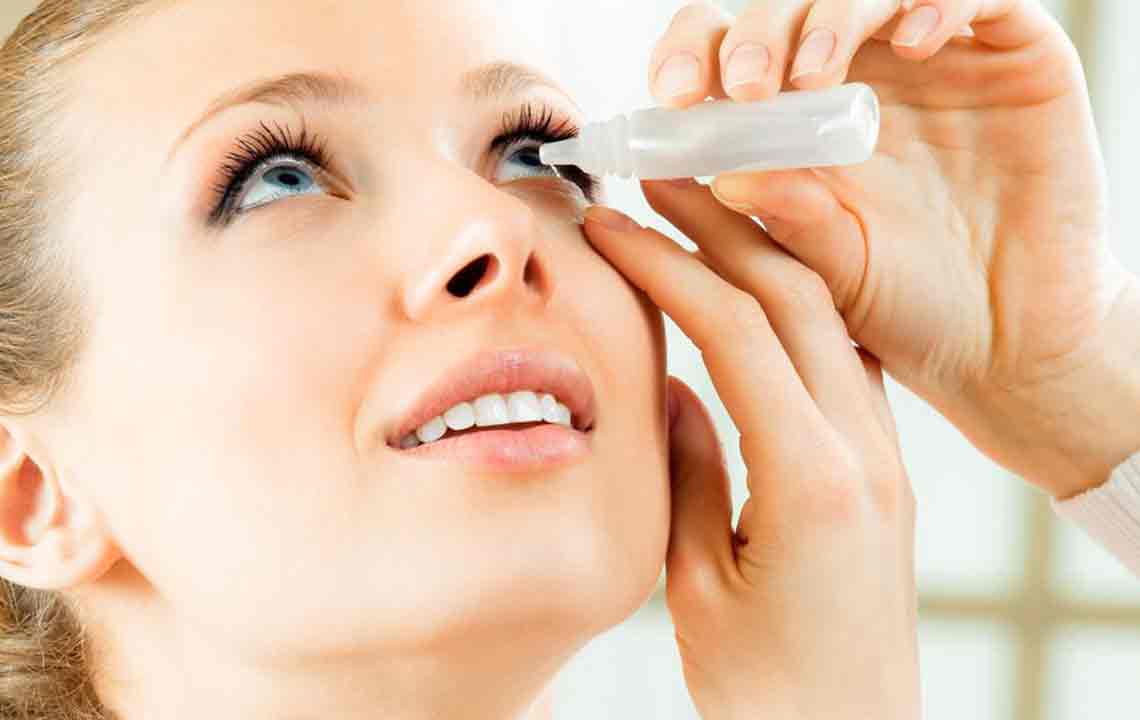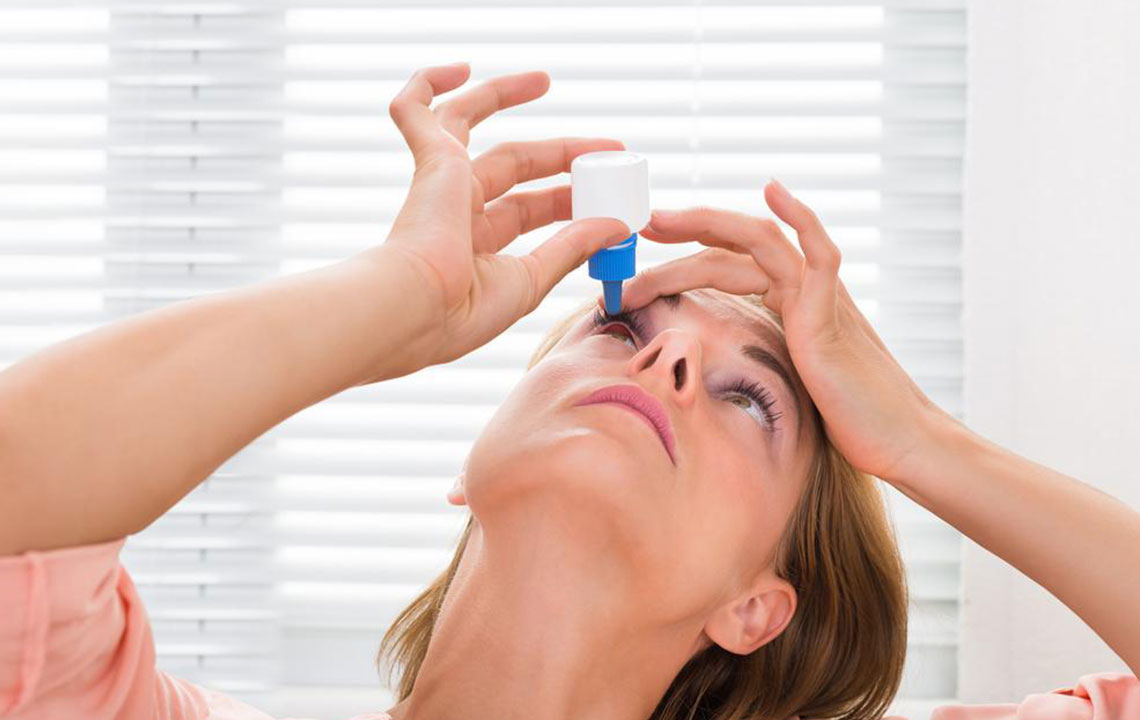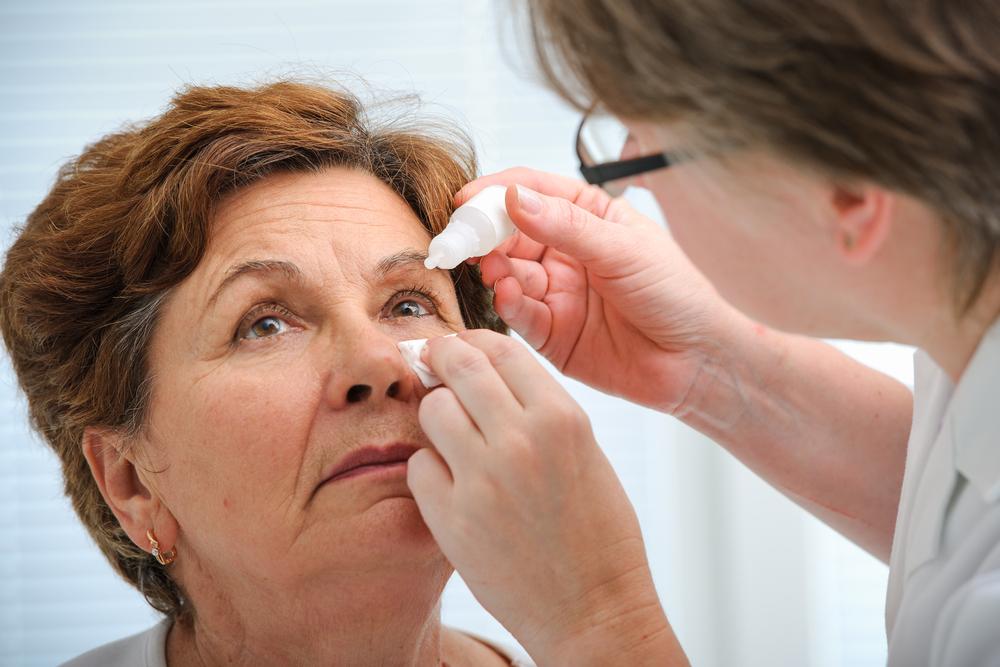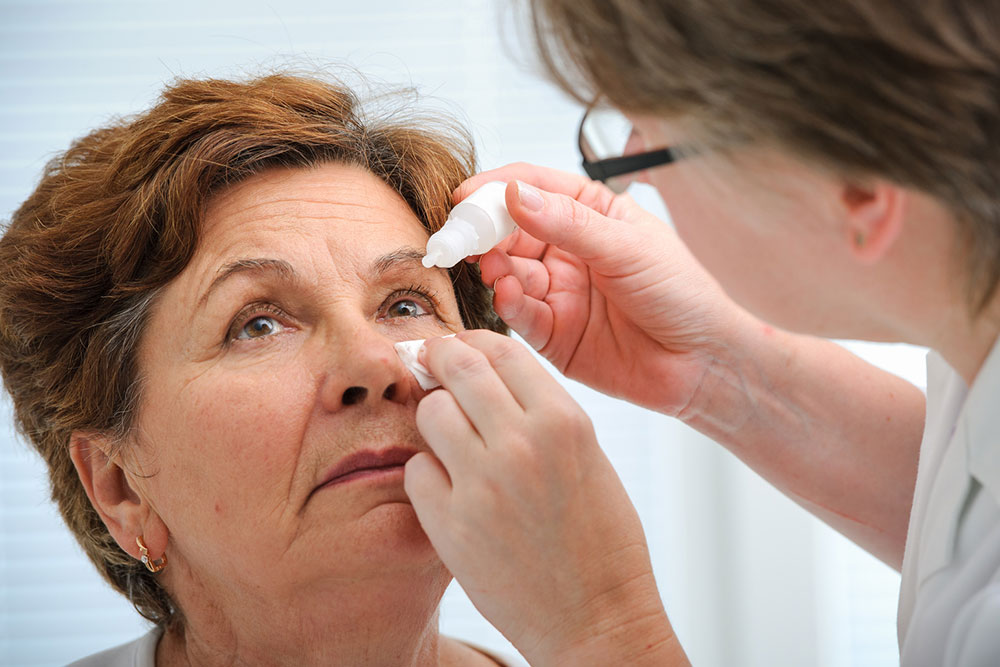Top Eye Drops for Remedying Dry Eyes
Discover the best eye drops to combat dry eyes effectively. From artificial tears to prescription options, learn how to relieve dryness, reduce discomfort, and protect your eye health. Consult an ophthalmologist for personalized treatment and ensure proper eye care to maintain clear, comfortable vision.
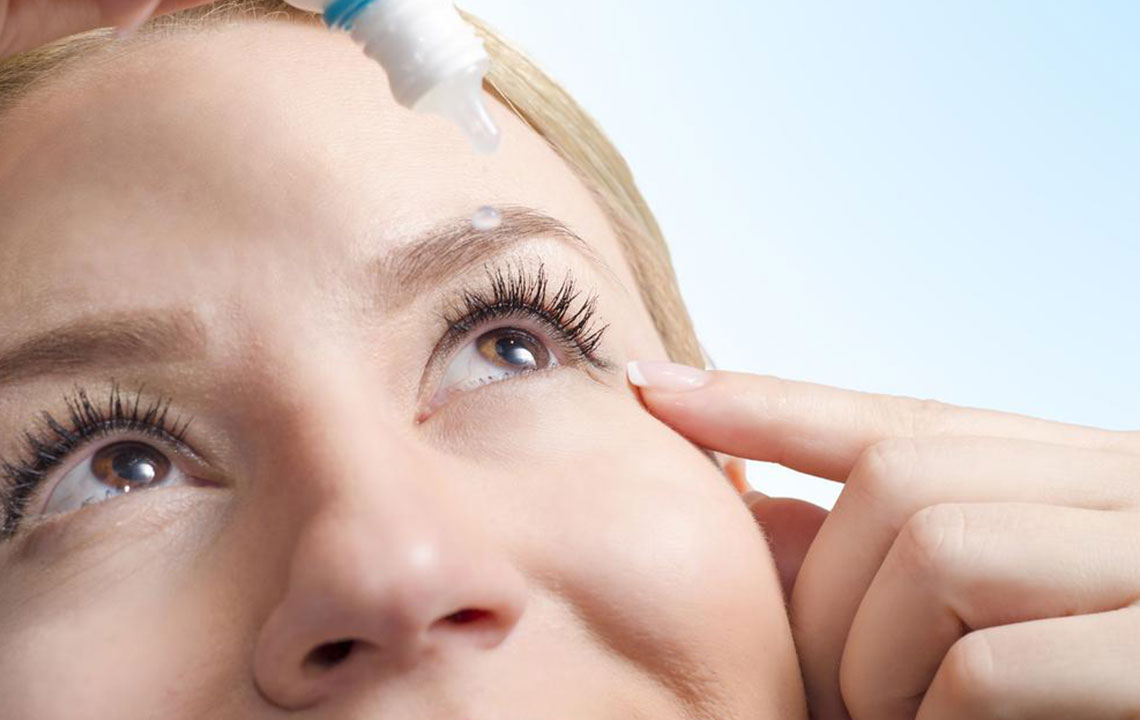
Top Eye Drops for Alleviating Dry Eyes
Dry eye condition occurs when the surface of the eye lacks proper lubrication or moisture. It can be caused by various factors, and if untreated, may lead to serious eye issues. Using eye drops is one of the most effective and convenient solutions for managing dry eye symptoms.
Protect your eyes by adopting preventive measures. Those experiencing dryness should consult an eye specialist to develop a tailored treatment plan for relief and recovery.
What leads to dry eyes?
Numerous factors contribute to dry eye syndrome.
Common causes include:
Advancing age
Hormonal fluctuations
Entropion or ectropion conditions
Thyroid disorders
Environmental pollutants like dust, smoke, or dry air
Exposure to irritants
Extended screen time on computers or TVs
Vitamin A deficiency
Diabetes
Laser eye procedures
Inflammation or damage to tear glands
Certain medications
Prolonged contact lens wear
Eye infections
Immune system conditions like lupus
Signs and symptoms of dry eyes
Recognizable symptoms include:
Burning sensation
Persistent eye pain
Redness
Blurry vision
Itching
Difficulty focusing on screens or reading
Persistent dryness
Heavy or sore eyes
Effective eye drops for dry eyes
Treating dry eyes with appropriate eye drops offers relief. Here are some common options:
Enhancing tear production: Prescription drops help reduce inflammation and promote tear generation. Consult an ophthalmologist for a suitable prescription, typically recommended twice daily. These are for long-term use; however, caution is advised regarding potential side effects and allergies.
Artificial tears: Widely available over the counter, these lubricate the eyes and restore moisture. They help minimize redness and irritation caused by dryness. There are two types:
Preservative-containing drops: These contain additives to inhibit microbial growth but may cause irritation for sensitive users.
preservative-free drops: Suitable for moderate to severe dryness, usually in single-use containers, recommended up to four times daily after consulting a doctor.
Autologous serum drops: Made from the patient’s blood, these are used in severe cases unresponsive to other treatments. Blood components are diluted and applied to promote healing and reduce dryness.
Lymphocyte-based therapies: These treatments help reduce inflammation but require doctor approval due to possible side effects.
Oil-based eye drops: When dryness stems from insufficient oil in the tear film, these drops help replenish the lipid layer and improve lubrication.
Potential side effects: Usage can sometimes lead to eyelid swelling, redness, stickiness, discomfort, or light sensitivity. Persistent dryness warrants prompt medical consultation for proper diagnosis and treatment.
Proper management of dry eyes can significantly improve comfort and prevent complications. Always seek professional advice for effective treatment options!

